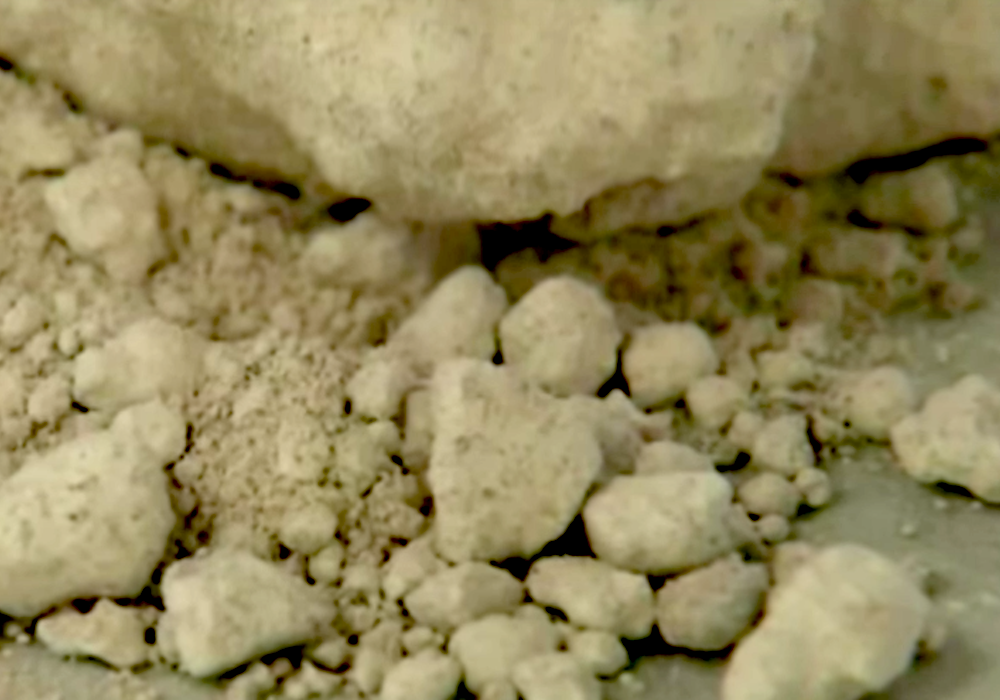
The Drug Enforcement Administration is continuing its crackdown on dangerous drugs by placing furanylfentanyl in the Schedule I list of controlled substances, marking the second time in a month it has moved a drug to that category.
Forbes reported that the DEA released a notice of intent to ban furanylfentanyl on Sept. 27. The agency has banned five synthetic opioids to its Schedule I category this year, putting them in the same category as crack cocaine and heroin.
Furanylfentanyl is a deadly cousin to the synthetic opioid, fentanyl, and has been sold as a designer drug. But while fentanyl can be prescribed by a doctor and has been used by cancer patients to help manage severe chronic pain symptoms, the new Schedule I classification for furanylfentanyl means that according to the federal government it has no medical benefits and a high potential for addiction.
What makes the substance particularly dangerous is that consumers have no way of knowing exactly what they’re consuming. Furanylfentanyl and other bootleg versions of fentanyl, which are frequently shipped from China, are often included in counterfeit prescription pills or mixed into heroin supplies. If one form of fentanyl is classified as illegal, it takes little effort for overseas drug makers to tweak the compounds and ship out new batches, often taking months before drug officials pick up the new substance and ban it.
DEA info reported that patent literature first mentioned furanylfentanyl as far back as 1986, but it didn’t appear in a national database tracking drug seizures until last September. NMS Labs recorded 325 deaths related to the drug in the first 10 months of 2016, according to the Wall Street Journal.
Last month, the DEA also banned synthetic opioid Pink, also known as U-47700. Prior to its current Schedule I classification, the substance was legal in most states and could be easily purchased online. The Schedule I status will remain for two years and there is the option for a one-year extension, should the DEA decide more information is needed on the drug.
Pink is eight times stronger than heroin, with the police chief in Park City, Utah, telling NBC News in October that “if you touch it, you could go into cardiac arrest.” NMS labs reported more than 80 deaths related to Pink this year, while the DEA reported 46 deaths from Pink between October 2015 and September 2016.
